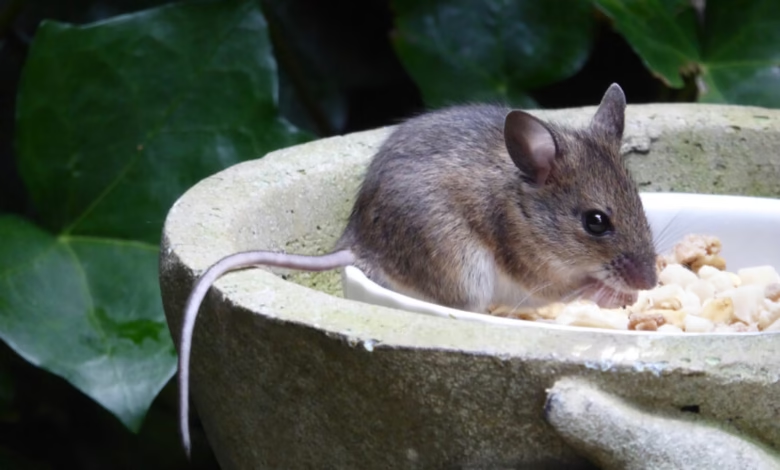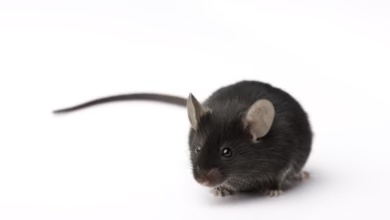
▼ Summary
– Many animals, like axolotls, can regenerate body parts, but most mammals have lost this ability except in limited tissues like in rabbits or goats.
– Researcher Wei Wang aimed to understand why mammals lost regeneration and reactivate dormant genes to restore this ability in non-regenerating species.
– Wang’s team successfully identified and activated an inactive regeneration gene, enabling limited regeneration in previously non-regenerating mice.
– The study compared wound healing in rabbits (regenerating) and mice (non-regenerating) by observing ear pinna injuries, noting similar initial healing processes.
– After 10–15 days, rabbits showed tissue regrowth and shrinking earholes, while mice stopped healing, leaving permanent holes.
Scientists have successfully restored partial tissue regeneration in mice by reactivating a dormant genetic pathway, offering promising insights into mammalian wound healing. This breakthrough could pave the way for future therapies to enhance human tissue repair.
While creatures like axolotls can regrow entire limbs, mammals have largely lost this remarkable ability over time. Only a handful of species, including rabbits and goats, retain limited regenerative capabilities. Researchers have long sought to understand why most mammals lost this trait, and whether it could be restored.
A team led by Wei Wang at the National Institute of Biological Sciences in Beijing set out to investigate. Their approach involved comparing wound healing in two mammals: rabbits, which can regenerate tissue, and mice, which cannot. The scientists focused on the ear pinna, a relatively simple structure containing multiple cell types, making it ideal for observation.
The experiment involved creating small holes in the ears of both species and monitoring the healing process. Initially, the response was similar, both rabbits and mice formed a blastema, a cluster of undifferentiated cells at the injury site. However, after about two weeks, a striking difference emerged. Rabbits began regenerating tissue, gradually closing the wound, while mice stopped healing entirely, leaving a permanent hole.
By analyzing genetic activity during this process, the researchers identified a key gene responsible for regeneration in rabbits that remains inactive in mice. When they reactivated this gene in mice, the animals showed improved tissue regrowth, though not to the same extent as rabbits.
This discovery suggests that mammals may still retain dormant regenerative pathways that could potentially be unlocked. While full limb regeneration remains a distant goal, this research brings science one step closer to understanding, and possibly restoring, lost healing abilities in humans. Future studies will explore whether similar mechanisms apply to other tissues and whether the findings can be translated into clinical applications.
(Source: Ars Technica)


